A Gravity Search for Oil and Gas and Groundwater in Egypt Using the Strike Angles Derived from EIGEN 6C4
Abstract
1. Introduction
2. Notes on the Theory, Method and Data
2.1. Theory: Theoretical Preliminaries about the Strike Angles
2.2. Other Important Information.
- (1)
- Warning against “short-cuts”:The gravity data indicate only geologic structures (anticlines, faults, salt domes, etc.), any of which may occasionally contain concentrations of TD; the combed strike angles are not directly due to gas, oil or water contained within the TD.
- (2)
- Correlation does not imply causation:Correlation does not imply causation and therefore our statement that our data and method are supportive for an estimation of the existence of the TD, by definition, does not confirm (prove in the mathematical sense) the existence of the TD.
2.3. Method
2.4. Data: Remote Sensing and Terrestrial
2.4.1. Gravity and Magnetic Data
2.4.2. Surface Topography Data
2.4.3. Positions of Known Oil and Gas Deposits
2.4.4. Archaeological Data
2.5. A Simple Test Model: Strength of the Gravity Signal
3. Observations Focused on Oil and Gas
3.1. Results: Gravity Aspects and Magnetic Anomalies for Egypt
3.2. Discussion: Correlation of Oil and Gas Deposits with Combed Strike Angles
4. Paleolakes and Groundwater
4.1. Introduction, Method and Its Limitations
4.1.1. Introduction
4.1.2. Our Method to Detect Paleolakes
- (1)
- We transform the maximum existing gravity anomaly difference in the investigated area (read from the map of Δg; here, from EIGEN 6C4) to the height difference. This provides a maximum estimate of the depth when the lake is fully filled with water.
- (2)
- We plot surface topography (here, ETOPO 1) and select a few appropriate contour lines for a realistic range of the paleolake level estimate.
- (3)
4.1.3. The Limitations
- (i)
- It is important to provide the geodetic positions of archaeological sites up to arc-seconds (as in Table 1) because, in the real world, these are always clusters and areas, not points (we recall that 1 arc-second is ~20 m and ~30 m on the ground in latitude and longitude, respectively). Moreover, ordinary figures cannot utilize such high precision.
- (ii)
- It would be inappropriate to provide heights in asl to the individual meters, because accuracy estimates for them, derived from recent topographic models like ETOPO 1 (Section 2.4.2), is σ = ±20 m.
- (iii)
- We must account for a floor—say 20 m—for sand layers between Kharga-Toshka, much less than in GSS, but certainly not zero. This means that higher values can now be achieved.
- (iv)
- For both the Pleistocene and Holocene, we must account for fluctuations in lake levels between, but also within, the individual phases of one and the same humid period.
4.2. Notes to the Great Sand Sea: Results and Discussion
4.3. Hypothetical Paleolake between Kharga and Toshka
5. Conclusions
Author Contributions
Funding
Acknowledgments
Conflicts of Interest
References
- Klokočník, J.; Kostelecký, J.; Cílek, V.; Bezděk, A. Subglacial and Underground Structures Detected from Recent Gravito-Topography Data; Cambridge SP: Cambridge, UK, 2020; ISBN 978-1-5275-4948-7. [Google Scholar]
- Klokočník, J.; Kostelecký, J. Gravity signal at Ghawar, Saudi Arabia, from the global gravitational field model EGM 2008 and similarities around. Arab. J. Geosci. 2015, 8, 3515–3522. [Google Scholar] [CrossRef]
- Klokočník, J.; Kostelecký, J.; Cílek, V.; Bezděk, A.; Pešek, I. A support for the existence of paleolakes and paleorivers buried under Saharan sand by means of “gravitational signal” from EIGEN 6C4. Arab. J. Geosci. 2017, 10, 199. [Google Scholar] [CrossRef]
- Klokočník, J.; Cílek, V.; Kostelecký, J.; Bezděk, A. Gravity aspects from recent Earth gravity model EIGEN 6C4 for geoscience and archaeology in Sahara, Egypt. J. Afr. Earth Sci. 2020, 168, 103867. [Google Scholar] [CrossRef]
- Klokočník, J.; Kostelecký, J.; Pavelka, K. Google Earth: Inspiration and Instrument for the Study of Ancient Civilizations. Geoinformatics 2011, 6, 193–210. [Google Scholar] [CrossRef]
- Pavelka, K.; Šedina, J.; Matoušková, E. High Resolution Drone Surveying of the Pista Geoglyph in Palpa, Peru. Geosciences 2018, 8, 479. [Google Scholar] [CrossRef]
- Pedersen, B.D.; Rasmussen, T.M. The gradient tensor of potential field anomalies: Some implications on data collection and data processing of maps. Geophysics 1990, 55, 1558–1566. [Google Scholar] [CrossRef]
- Murphy, C.A.; Dickinson, J.L. Exploring exploration play models with FTG gravity data. In Proceedings of the 11th SAGA Biennial Technical Meeting and Exhibition, Swaziland, South Africa, 16–18 September 2009; pp. 89–91. [Google Scholar]
- Mataragio, J.; Kieley, J. Application of full tensor gradient invariants in detection of intrusion-hosted sulphide mineralization: Implications for deposition mechanisms. Min. Geosci. EAGE First Break 2009, 27, 95–98. [Google Scholar]
- Saad, A.H. Understanding gravity gradients-a tutorial, the meter reader. Ed. B. Van Nieuwenhuise, August issue. Lead. Edge 2006, 25, 941–949. [Google Scholar] [CrossRef]
- Klokočník, J.; Kostelecký, J.; Bezděk, A.; Kletetschka, G. Gravity strike angles: A modern approach and tool to estimate the direction of impactors of meteoritic craters. Planet. Space Sci. 2020, 194, 105113. [Google Scholar] [CrossRef]
- Klokočník, J.; Kostelecký, J.; Bezděk, A. The putative Saginaw impact structure, Michigan, Lake Huron, in the light of gravity aspects derived from recent EIGEN 6C4 gravity field model. J. Gt. Lakes Res. 2019, 45, 12–20. [Google Scholar] [CrossRef]
- FitzGerald, D.J.; Holstein, H. Structural foliations from gravity gradient data for a 2D fault. Practical demonstration of deriving structural foliations from Gravity gradient data for 2D faults. In Proceedings of the Gravity Gradiometry in Exploration Workflow, SEG Annual Meeting Post-Convention Gravity and Magnetics Workshop, Denver, CO, USA, 26–31 October 2014. [Google Scholar]
- Donofrio, R.R. North American impact structures hold giant field potential. Oil Gas J. 1998, 96, 69–83. [Google Scholar]
- Reimold, W.U.; Koeberl, C.; Gibson, R.L.; Dressler, B.O. Economic mineral deposits in impact structures: A review. In Impact Tectonics; Springer: Berlin/Heidelberg, Germany, 2005; pp. 479–552. [Google Scholar]
- Christoph, F.; Jean-Michel, L.; Franz, B.; Balmino, G.; Franz, B. The latest combined global gravity field model including GOCE data up to degree and order 2190 of GFZ Potsdam and GRGS Toulouse (EIGEN 6C4). In Proceedings of the 5th GOCE User Workshop, Paris, France, 25–28 November 2014. [Google Scholar]
- Zingerle, P.; Pail, R.; Gruber, T.; Oikonomidou, X. The experimental gravity field model XGM2019e. ICGEM Potsdam. GFZ Data Serv. 2019. [Google Scholar] [CrossRef]
- Maus, S.; Barckhausen, U.; Berkenbosch, H.; Bournas, N.; Brozena, J.; Childers, V.; Dostaler, F.; Fairhead, J.D.; Finn, C.; von Frese, R.R.B.; et al. EMAG2: A 2-arcmin resolution Earth magnetic anomaly grid compiled from satellite, airborne, and marine magnetic measurements. Geochem. Geophys. Geosyst. 2009, 10, Q08005. [Google Scholar] [CrossRef]
- Amante, C.; Eakins, B.W. ETOPO1, 1 Arc-Minute Global Relief Model: Procedures, Data Sources and Analysis; NOAA Technical Memorandum NESDIS NGDC-24 (National Geophysical Data Center): Boulder, CO, USA, 2009. [Google Scholar] [CrossRef]
- Ratner, M. Natural Gas Discoveries in the Eartern Mediterranean; Congressional Research Service: Washington, DC, USA, 2016; Volume 7-5700, p. R44591. [Google Scholar]
- USGS 2010. World Petroleum Resources Project. Assessment of Undiscovered Oil and Gas Resources of the Nile Delta Basin Province, Eastern Mediterranean; Fact Sheets 2010-3027; USGS and Ministry of Defense USA: New Orleans, LA, USA.
- Stephen, C. Egypt’s gas gold rush. Petroleum Economist 2019, 28. [Google Scholar]
- Burroughs, W.J. Climate Change in Prehistory; Cambridge UP: Cambridge, UK, 2005; ISBN 10 0-521-82409-5. [Google Scholar]
- Kuper, R.; Kröpelin, S. Climate-controlled Holocene occupation in the Sahara: Motor of Africa’s evolution. Science 2006, 313, 803–807. [Google Scholar] [CrossRef] [PubMed]
- Drake, N.A.; Blench, R.M.; Armitage, S.J.; Bristow, C.S.; White, K.H. Ancient watercourses and biogeography of the Sahara explain the peopling of the desert. Proc. Natl. Acad. Sci. USA 2011, 108, 458–462. [Google Scholar] [CrossRef] [PubMed]
- Haynes, C.V. Geological Evidence of Pluvial Climates in the Nabta Area of the Western Desert, Egypt. In Prehistory of the Eastern Sahara; Wendorf, F., Schild, F., Eds.; Academic Press: New York, NY, USA, 1980; pp. 353–371. [Google Scholar]
- Wendorf, F.; Schild, R. Prehistory of the Eastern Sahara; Academic Press: New York, NY, USA, 1980; 414p. [Google Scholar]
- Haynes, C.V., Jr.; Maxwell, T.D.; Johnson, D.L.; Kilani, A. Research Note: Acheulian Sites near Bir Kiseiba in the Darb el Arba’in Desert, Egypt: New Data. Geoarchaeol. Int. J. 2001, 16, 143–150. [Google Scholar] [CrossRef]
- Wendorf, F.; Schild, R. Holocene Settlement of the Egyptian Sahara, Vol. 1, The Archaeology of Nabta Playa; Kluwer Academic/Plenum Publishers: New York, NY, USA; Boston, MA, USA; Dordrecht, The Netherlands; London, UK; Moscow, Russia, 2001; 707p. [Google Scholar]
- Vivian, C. The Western Desert of Egypt: An Explorer’s Handbook; American University in Cairo Press: Cairo, Egypt; New York, NY, USA, 2008; 459p. [Google Scholar]
- Dachy, T.; Briois, F.; Marchand, S.; Minotti, M.; Lesur, J.; Wuttmann, M. Living in an Egyptian Oasis: Reconstruction of the Holocene Archaeological Sequence in Kharga. Afr. Archaeol. Rev. 2018, 35, 531–566. [Google Scholar] [CrossRef]
- Caton-Thompson, G. Kharga Oasis in Prehistory; Athlone Press: London, UK, 1952; 213p. [Google Scholar]
- Mandel, R.D.; Simmons, A.H. Prehistoric occupation of Late Quaternary landscapes near Kharga Oasis, Western Desert of Egypt. Geoarchaeol. Int. J. 2001, 16, 95–117. [Google Scholar] [CrossRef]
- Smith, J.R.; Hawkins, A.L.; Asmerom, Y.; Polyak, V.; Giegengack, R. New age constraints on the Middle Stone Age occupations of Kharga Oasis, Western Desert, Egypt. J. Hum. Evol. 2007, 52, 690–701. [Google Scholar] [CrossRef]
- Kleindienst, M.R.; Smith, J.R.; Adelsberger, K.A. The Kharga Oasis Prehistory Project (KOPP), 2008 Field Season: Part I. Geoarchaeology and Pleistocene Prehistory. Nyame Akuma 2009, 71, 18–30. [Google Scholar]
- Wendorf, F.; Schild, R.; Close, A.E. Egypt during the Last Interglacial: The Middle Paleolithic of Bir Tarfawi and Bir Sahara East; Springer: New York, NY, USA, 1993; 596p. [Google Scholar]
- Bobrowski, P.; Lityńska-Zając, M.; Osypińska, M.; Jórdeczka, M. The Early Holocene Archaeological Evidence (Site E-05-1) in Bargat El-Shab (Western Desert Egypt). Archaeol. Pol. 2020, 58, 196–220. [Google Scholar] [CrossRef]
- Srienc, M.; Jórdeczka, M. Human Remains from Bargat El-Shab, Egypt, 2018. Available online: http://www.anthropology.uw.edu.pl/14/bne-14-07x.pdf (accessed on 14 September 2020).
- Czekaj-Zastawny, A.; Irish, J.D.; Kabaciński, J.; Mugaj, J. The Neolithic Settlements by a Paleo-lake of Gebel Ramlah, Western Desert of Egypt. In Desert and the Nile: Prehistory of the Nile Basin and the Sahara: Papers in Honour of Fred Wendorf; Kabaciński, J., Chłodnicki, M., Kobusiewicz, M., Winiarska-Kabacinska, M., Eds.; Poznań Archaeological Museum: Poznań, Poland, 2018; pp. 515–538. [Google Scholar]
- Klokočník, J.; Kostelecký, J.; Bezděk, A. Gravito-topographic signal of the Lake Vostok area, Antarctica, with the most recent data. Polar Sci. 2018, 17, 59–74. [Google Scholar] [CrossRef]
- Bakr, M.M.Y.; Wilkes, H. The influence of facies and depositional environment on the occurrence and distribution of carbazoles and benzocarbazoles in crude oils: A case study from the Gulf of Suez, Egypt. Org. Geochem. 2002, 33, 561–580. [Google Scholar] [CrossRef]
- Makaske, B. Anastomosing rivers: A review of their classification, origin and sedimentary products. Earth-Sci. Rev. 2001, 53, 149–196. [Google Scholar] [CrossRef]
- Ibraheem, I.M.; Haggag, M.; Tezkan, B. Edge Detectors as Structural Imaging Tools Using Aeromagnetic Data: A Case Study of Sohag Area, Egypt. Geosciences 2019, 9, 211. [Google Scholar] [CrossRef]
- Garfunkel, Z. Constrains on the origin and history of the Eastern Mediterranean basin. Tectonophysics 1998, 298, 5–35. [Google Scholar] [CrossRef]
- Kletetschka, G.; Wieczorek, M.A. Fundamental relations of mineral specific magnetic carriers for paleointensity determination. Phys. Earth Planet. Inter. 2017, 272, 44–49. [Google Scholar] [CrossRef]
- Klokočník, J.; Kostelecký, J.; Bezděk, A.; Cílek, V.; Kletetschka, G.; Staňková, H. Support for two subglacial impact craters in northwest Greenland from Earth gravity model EIGEN 6C4 and other data. Tectonophysics 2020, 780, 228396. [Google Scholar] [CrossRef]
- Klokočník, J.; Kostelecký, J.; Bezděk, A.; Kletetschka, G.; Staňková, H. A 200 km suspected impact crater Kotuykanskaya near Popigai, Siberia, in the light of new gravity aspects from EIGEN 6C4, and other data. Sci. Rep. (Nat.) 2020, 10, 6093. [Google Scholar] [CrossRef]
- El-Baz, F. Aeolian deposits and palaeo-rivers of the eastern Sahara. Significance to archaeology and groundwater exploration. Sahara 1998, 10, 55–66. [Google Scholar]
- Kletetschka, G.; Vondrák, D.; Hruba, J.; Prochazka, V.; Nabelek, L.; Svitavská-Svobodová, H.; Bobek, P.; Horicka, Z.; Kadlec, J.; Takac, M.; et al. Cosmic-Impact Event in Lake Sediments from Central Europe Postdates the Laacher See Eruption and Marks Onset of the Younger Dryas. J. Geol. 2018, 126, 561–575. [Google Scholar] [CrossRef]
- Prochazka, V.; Mizera, J.; Kletetschka, G.; Vondrak, D. Late Glacial sediments of the Stara Jimka paleolake and the first finding of Laacher See Tephra in the Czech Republic. Int. J. Earth Sci. 2019, 108, 357–378. [Google Scholar] [CrossRef]
- Kletetschka, G.; Hooke, R.L.; Ryan, A.; Fercana, G.; McKinney, E.; Schwebler, K.P. Sliding stones of Racetrack Playa, Death Valley, USA: The roles of rock thermal conductivity and fluctuating water levels. Geomorphology 2013, 195, 110–117. [Google Scholar] [CrossRef]
- Maxwell, T.A.; Issawi, B.; Haynes, C.V., Jr. Evidence for Pleistocene lakes in the Toshka region, south Egypt. Geology 2010, 38, 1135–1138. [Google Scholar] [CrossRef]
- Pick, M.; Pícha, J.; Vyskočil, V. Úvod ke Studiu Tíhového Pole Země (In Czech, Introduction to Study of the Gravity Field of the Earth); Academia Praha: Praha, Czech Republic, 1973. [Google Scholar]
- Getamap.net. Search for Anything… Anywhere. Available online: http://www.getamap.net/maps/egypt/ (accessed on 24 September 2020).
- Kobusiewicz, M.; Kabaciński, J.; Schild, R.; Wendorf, F.; Irish, J.D.; Gatto, M.C. Gebel Ramlah: Final Neolithic Cemeteries from the Western Desert of Egypt; Institute of Archaeology and Ethnology, Polish Academy of Sciences: Poznań, Poland, 2010; 276p, ISBN 978-83-89499-69-1. [Google Scholar]
- Bunbury, J.; Ikram, S.; Roughley, C. Holocene large lake development and desiccation: Changing habitats in the Kharga Basin of the Egyptian Sahara. Geoarchaeology 2018, 1–20. [Google Scholar] [CrossRef]
- Beadnell, H.J.L. An Egyptian Oasis: An Account of the Oasis of Kharga in the Libyan Desert, with Special Reference to Its History, Physical Geography and Water Supply; Murray: London, UK, 1909. [Google Scholar]
- Caton-Thomson, G.; Gardner, E.W. The prehistoric geography of Kharga Oasis. Geogr. J. 1932, 80, 369–406. [Google Scholar] [CrossRef]
- Gautier, A.; Schild, R.; Wendorf, F.; Stafford, T.W. One elephant doesn’t make a savanna. Palaeoecological significance of Loxodonta africana in the Holocene Sahara. Sahara 1994, 6, 7–20. [Google Scholar]
- Haynes, C.V., Jr. Geochronology of Wadi Tushka: Lost Tributary of the Nile. Science 1980, 210, 68–71. [Google Scholar] [CrossRef]


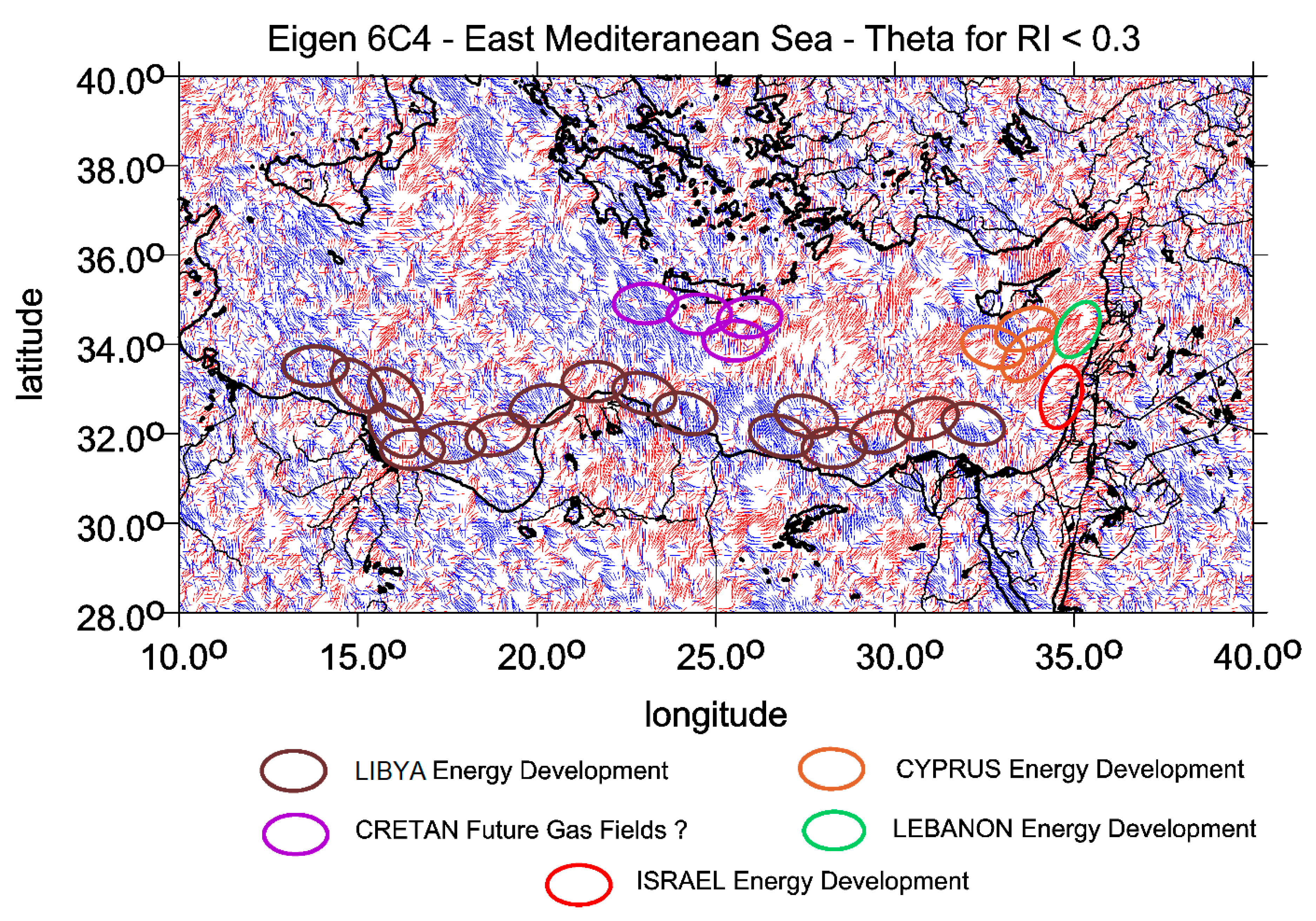
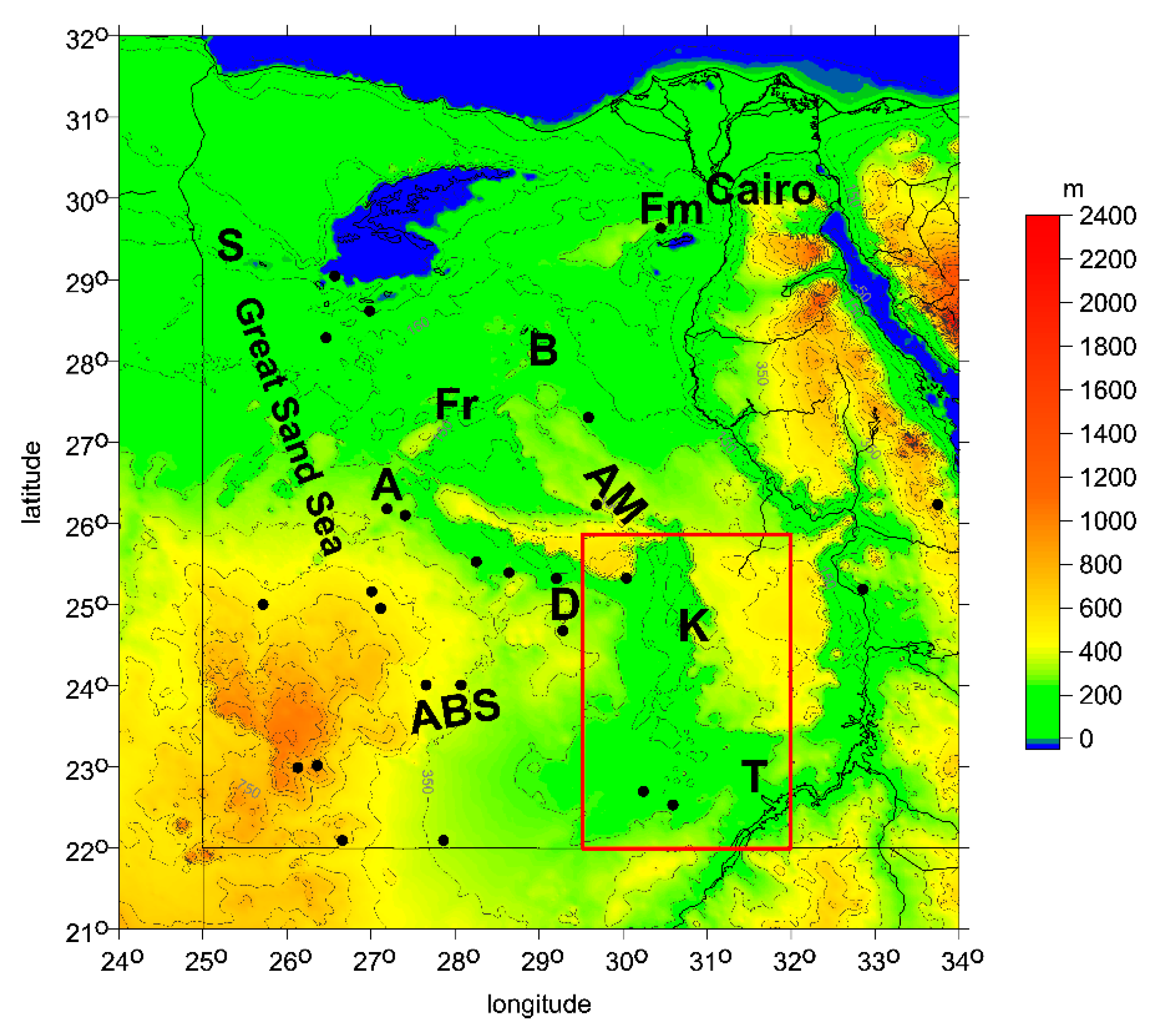
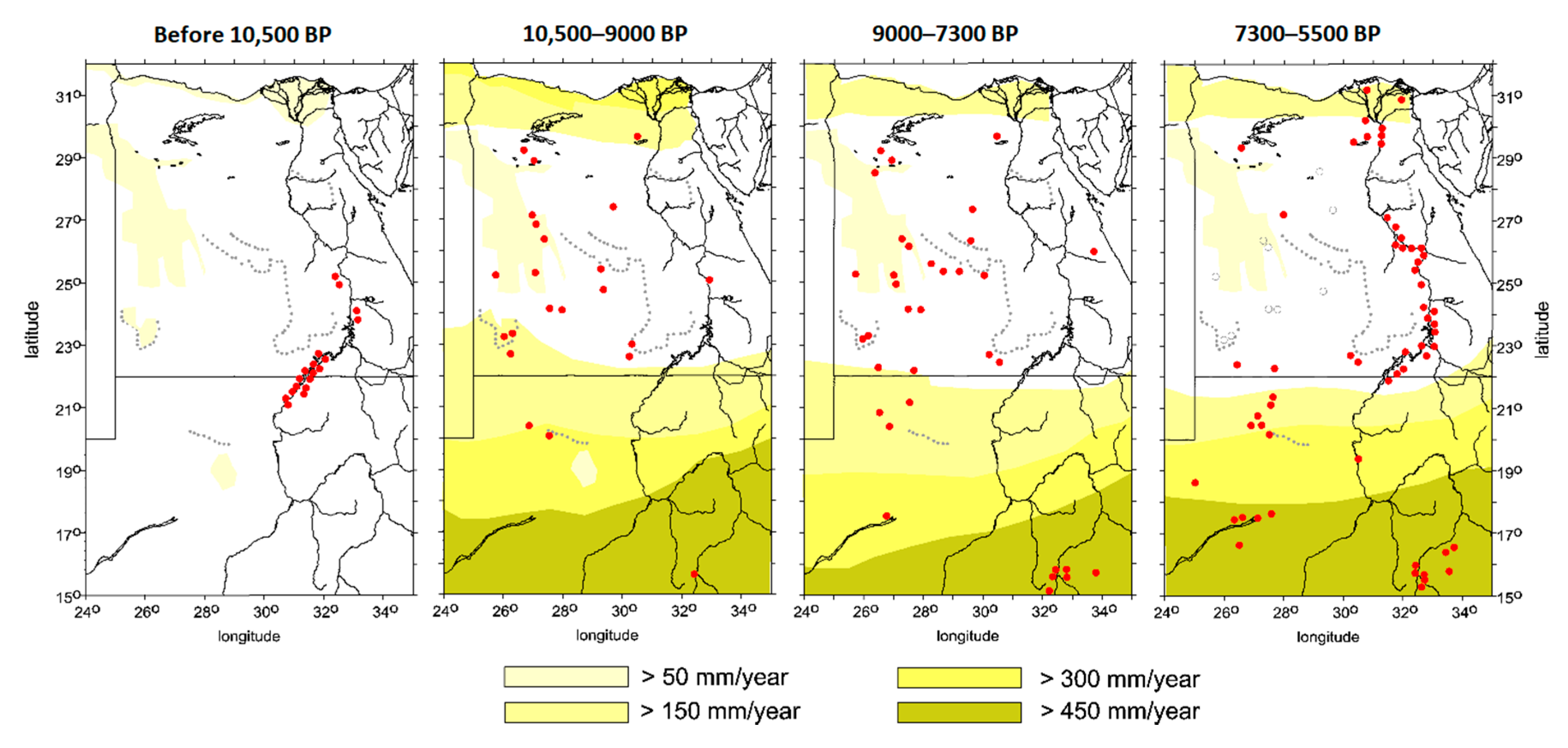
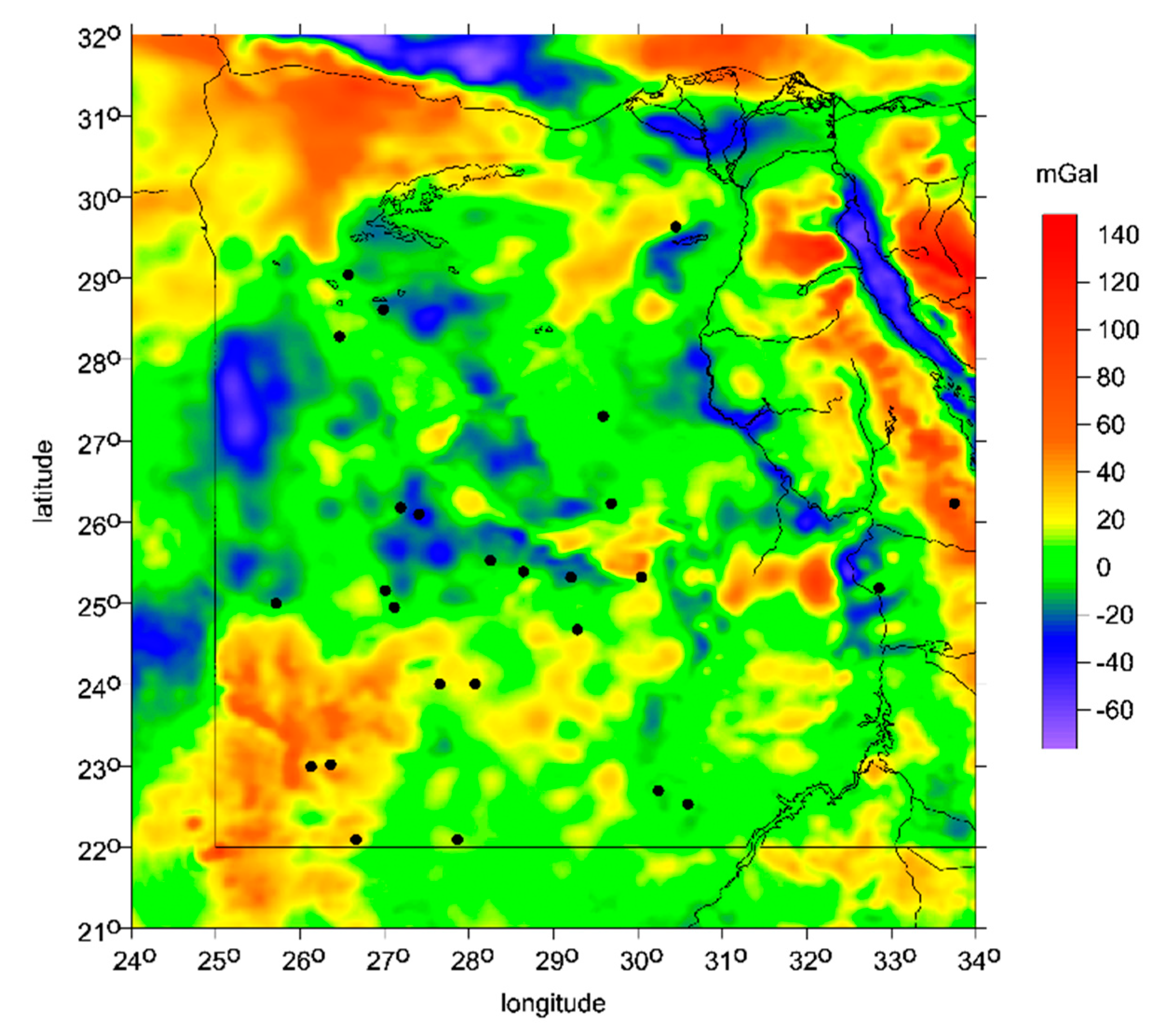
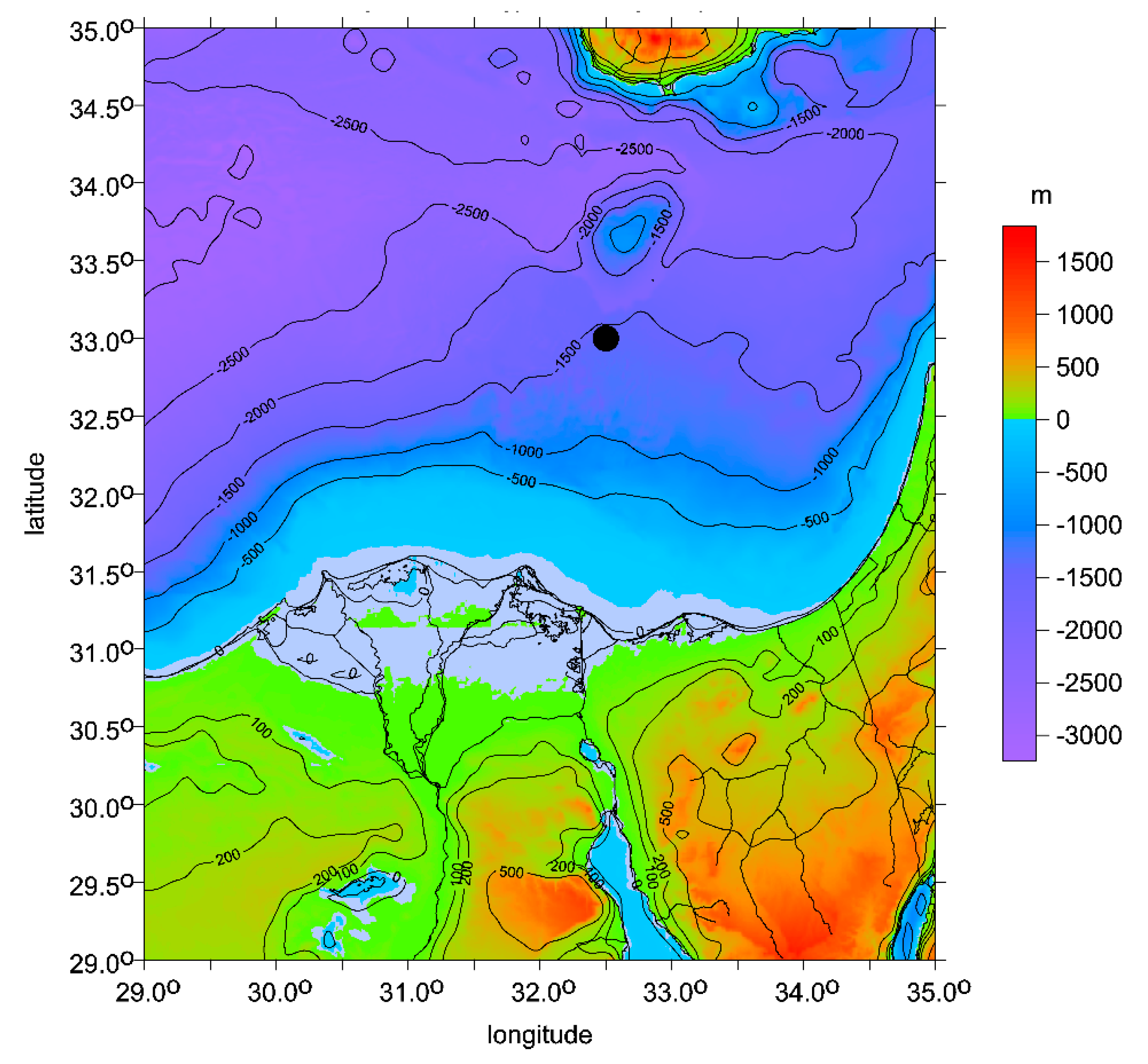

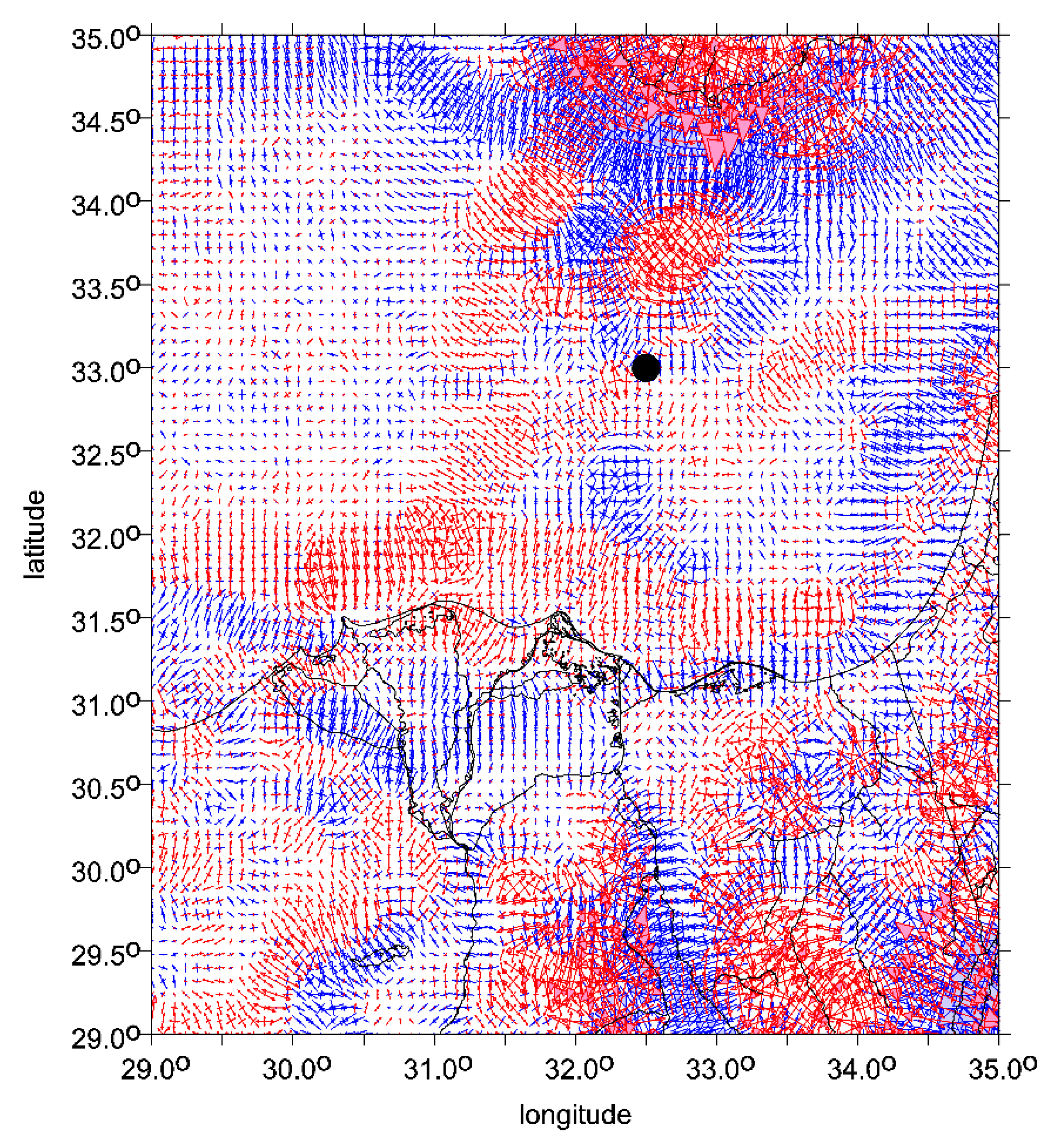
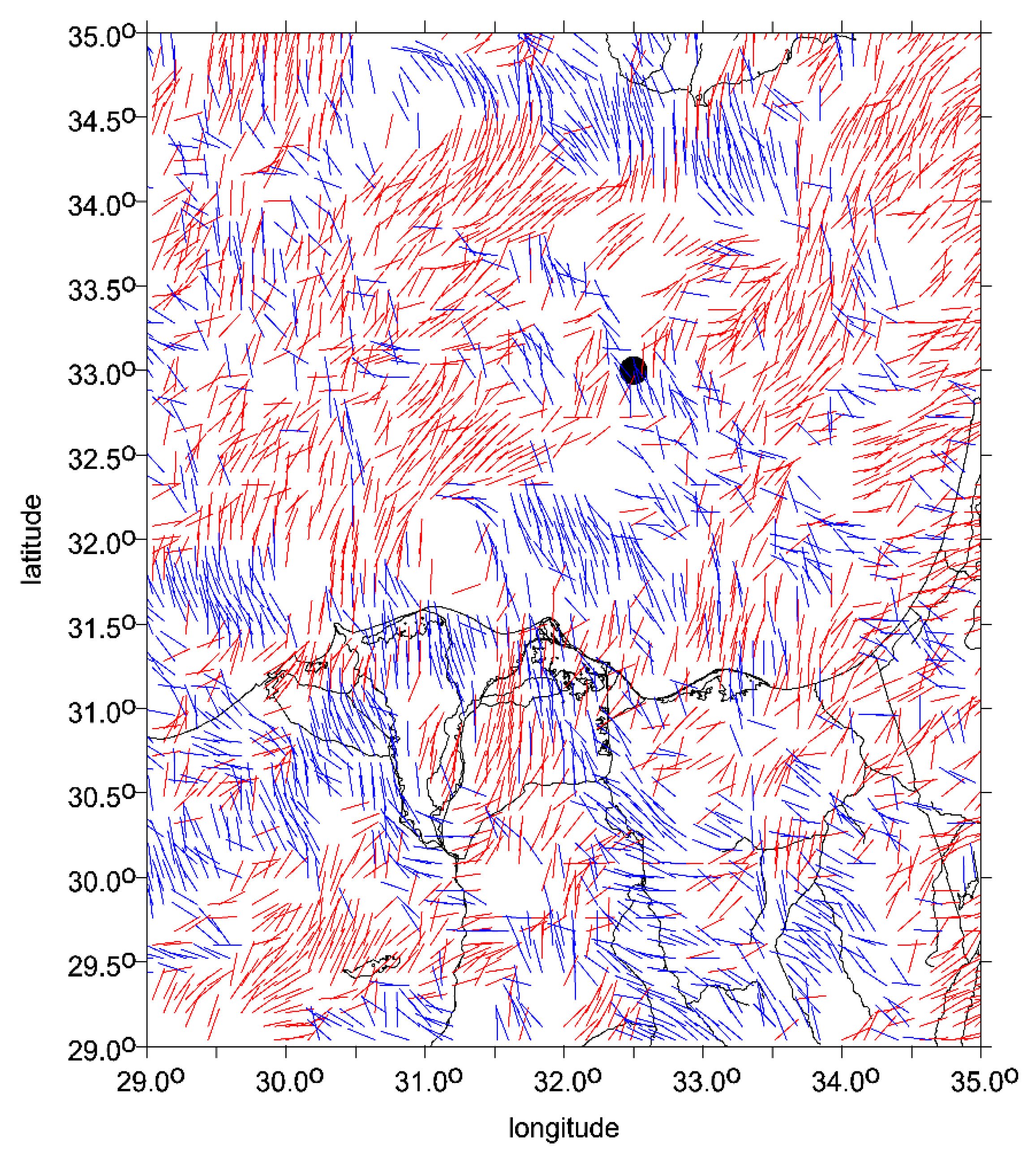


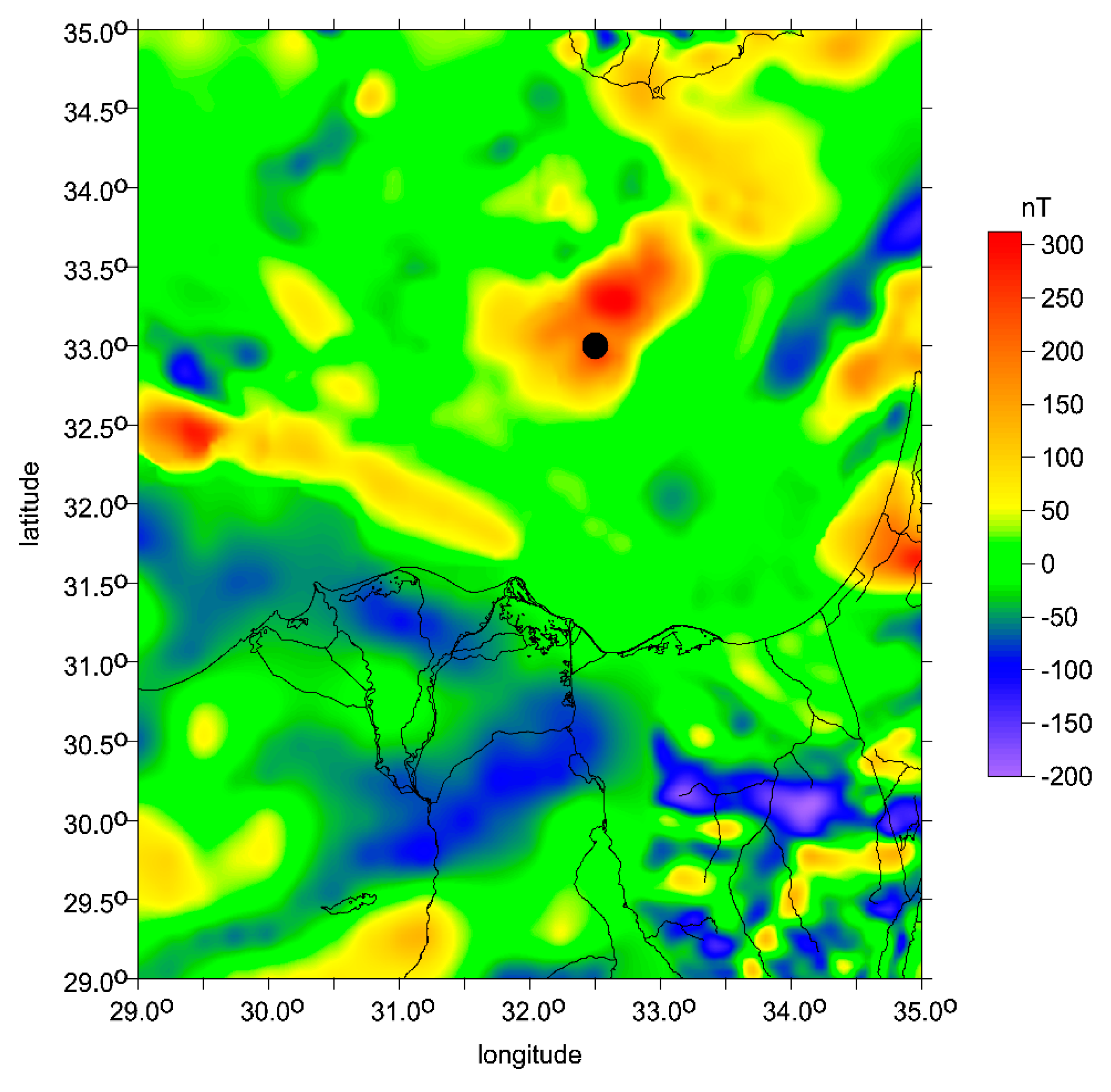
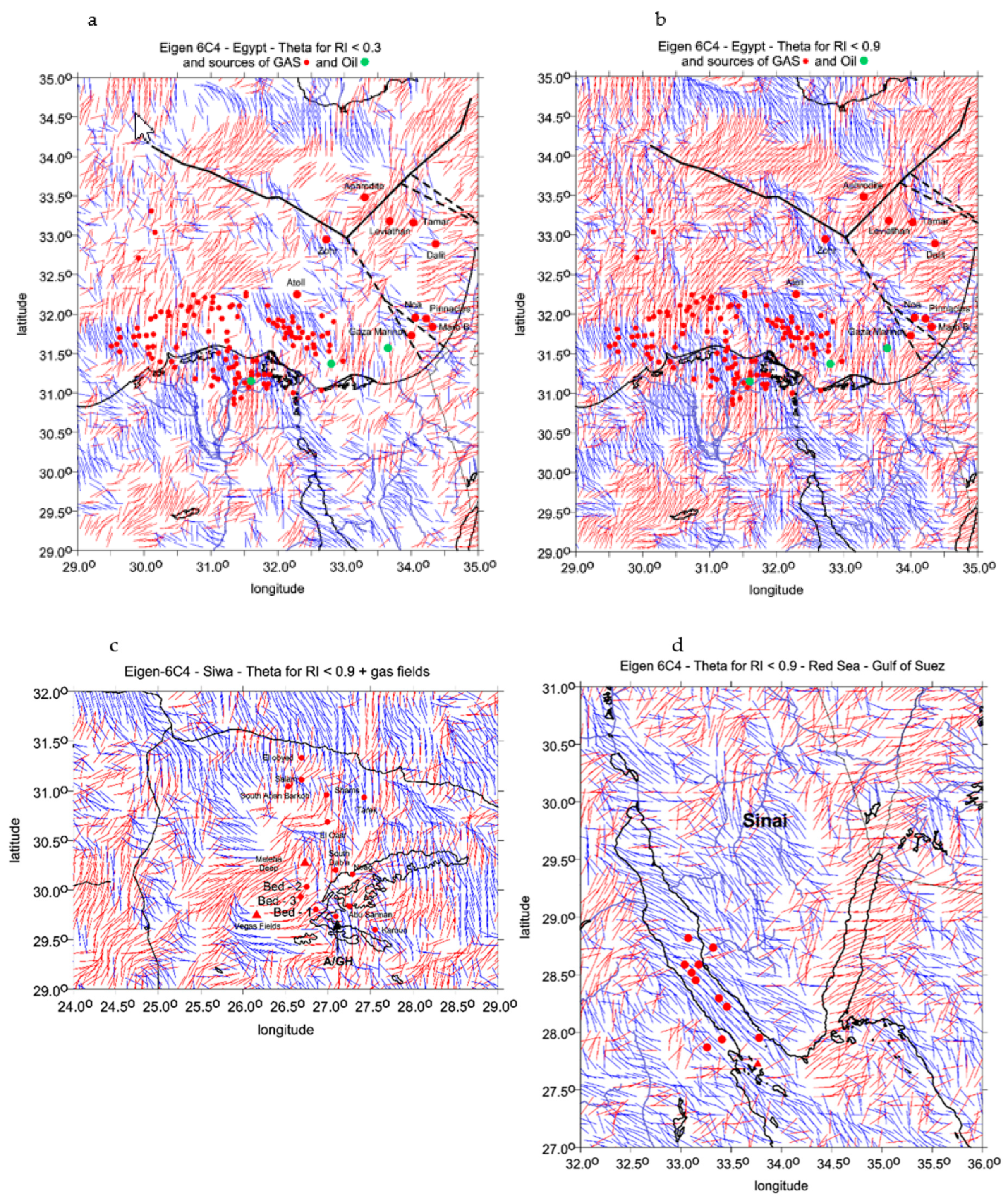
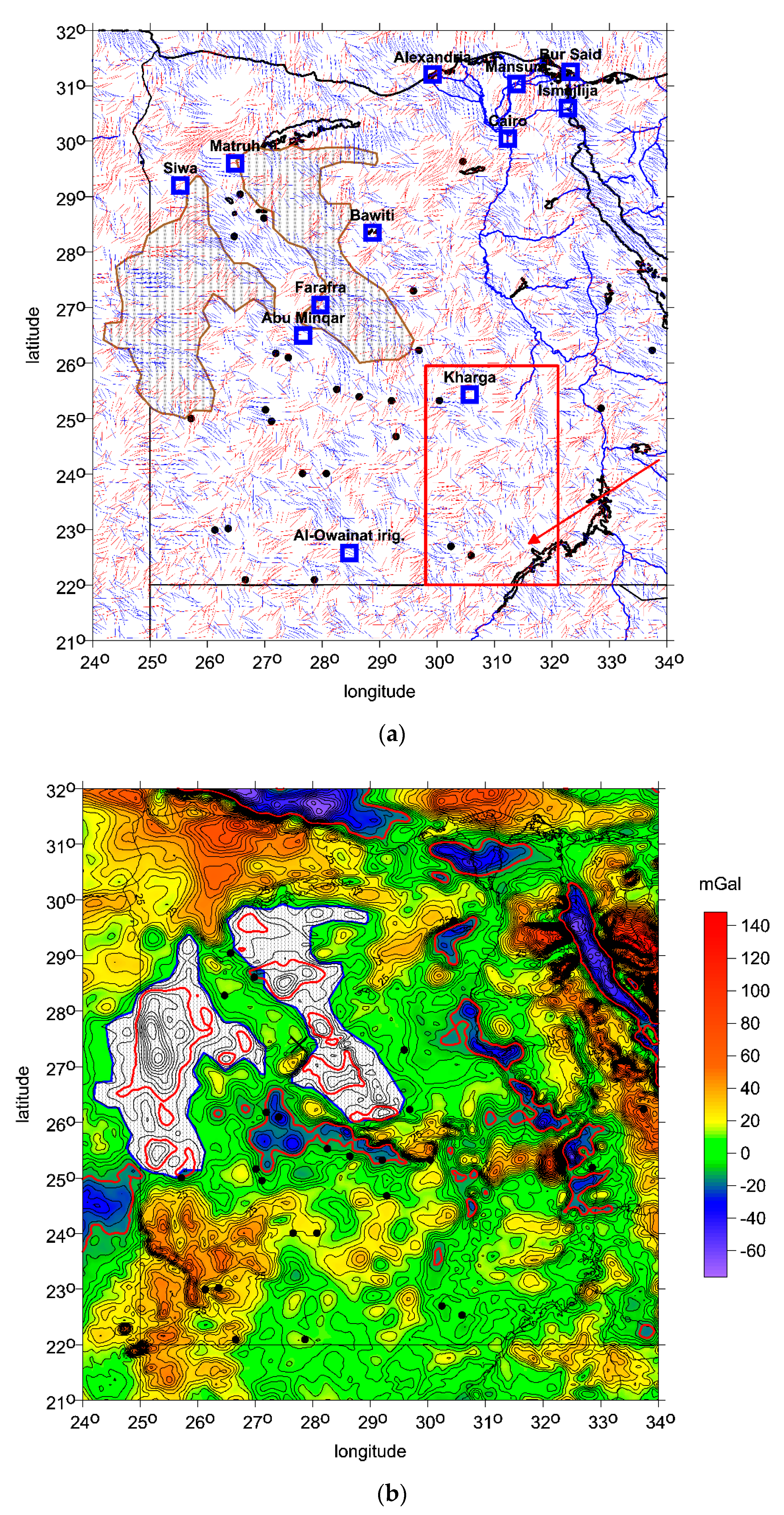
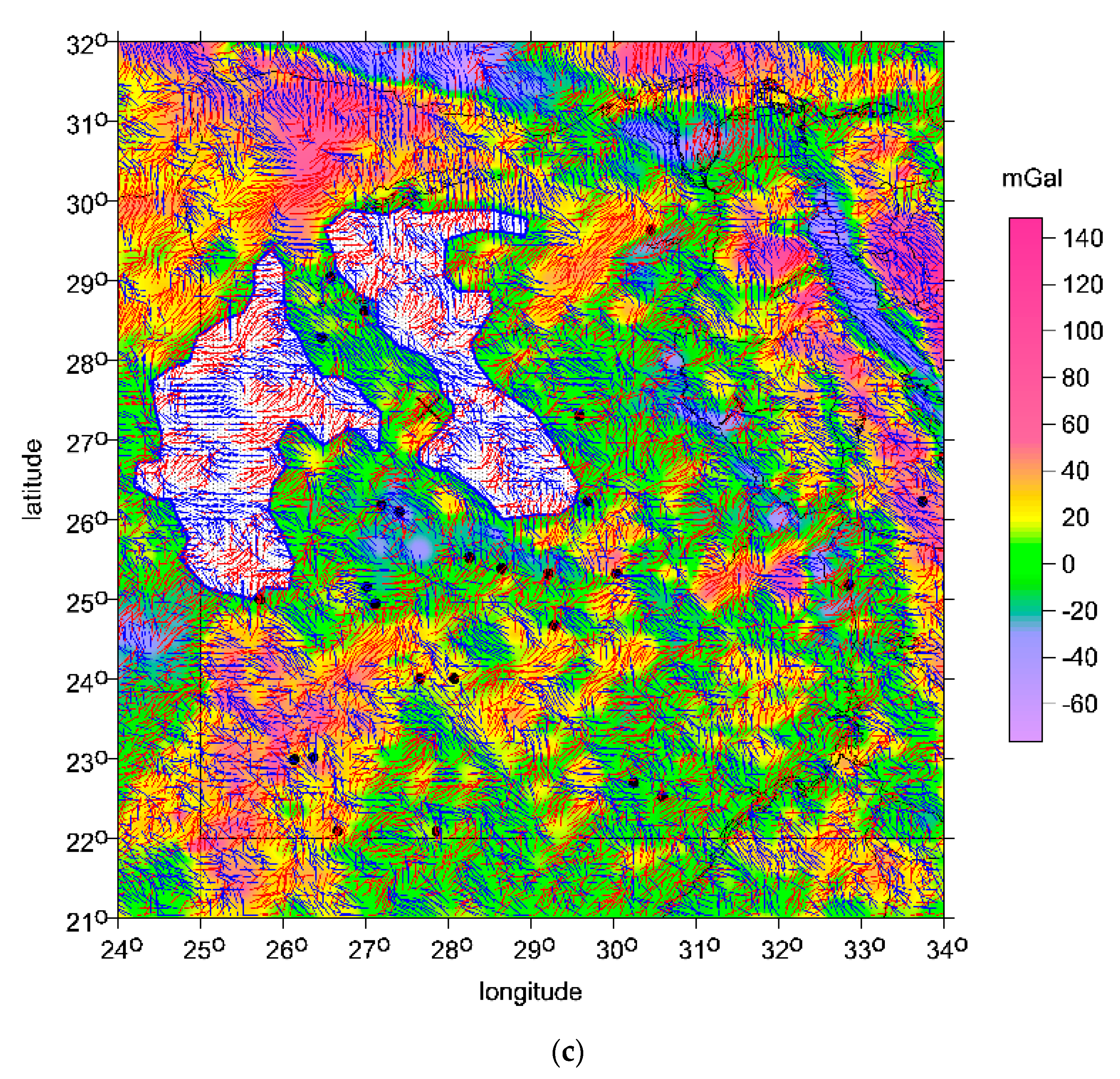
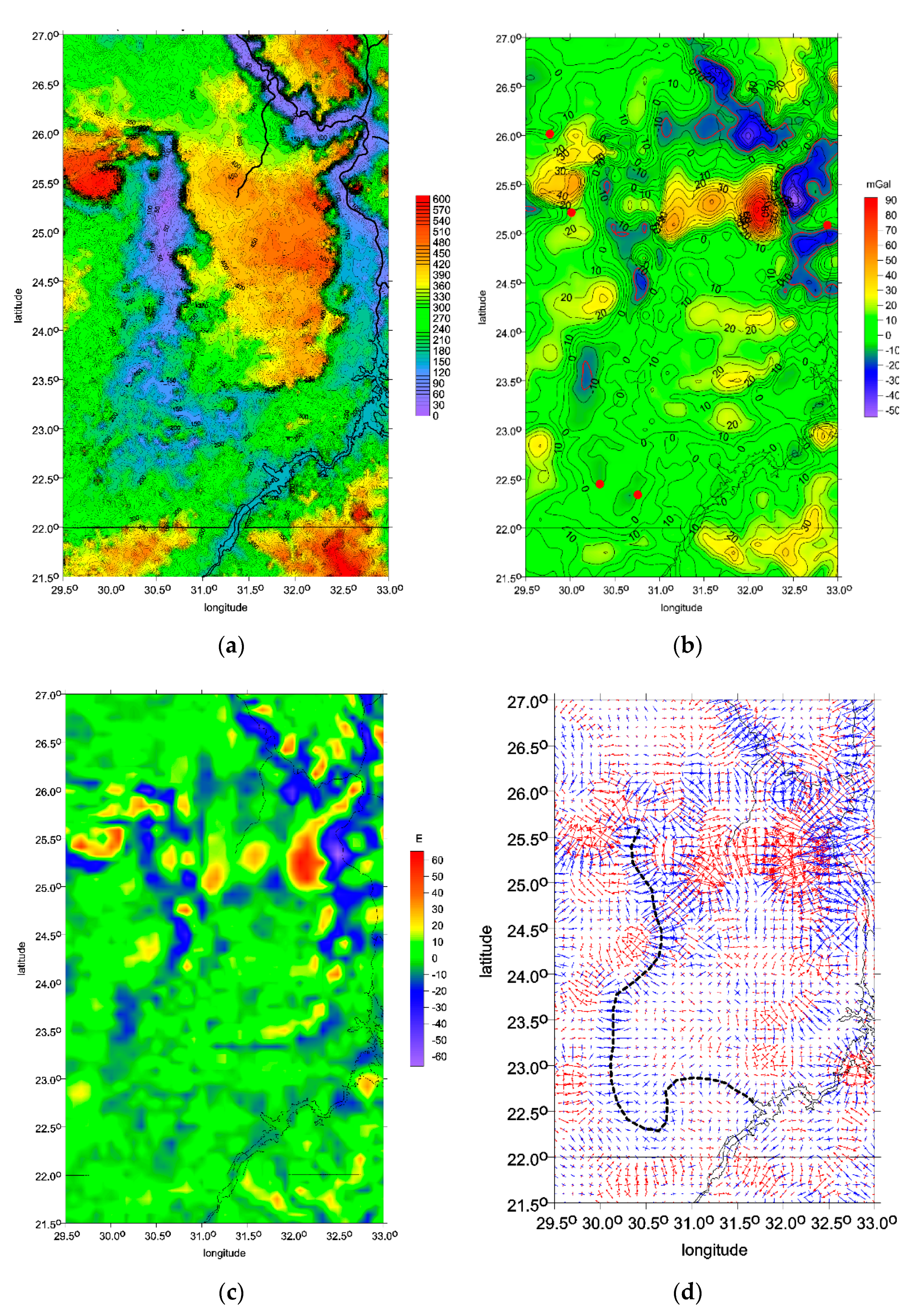
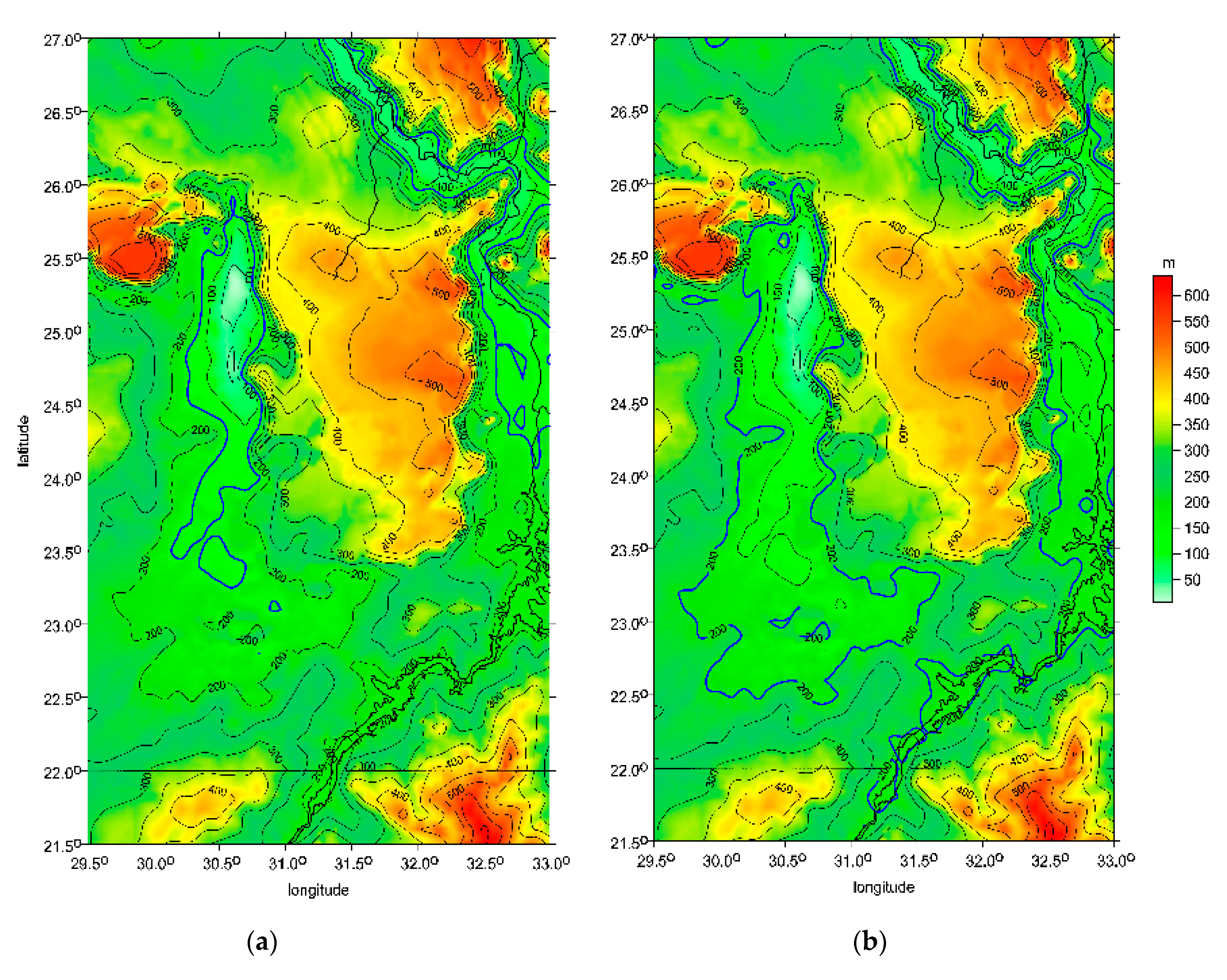
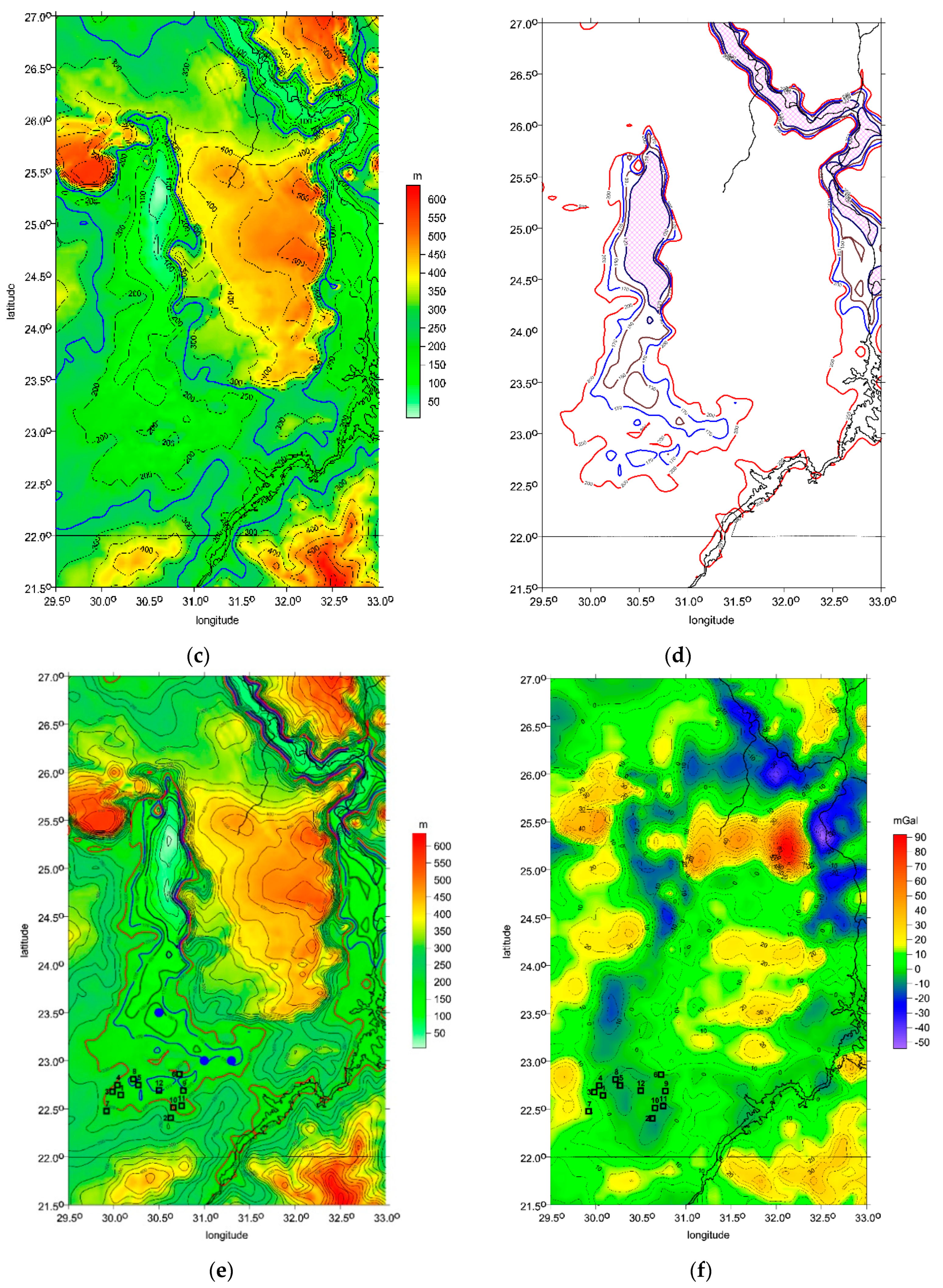
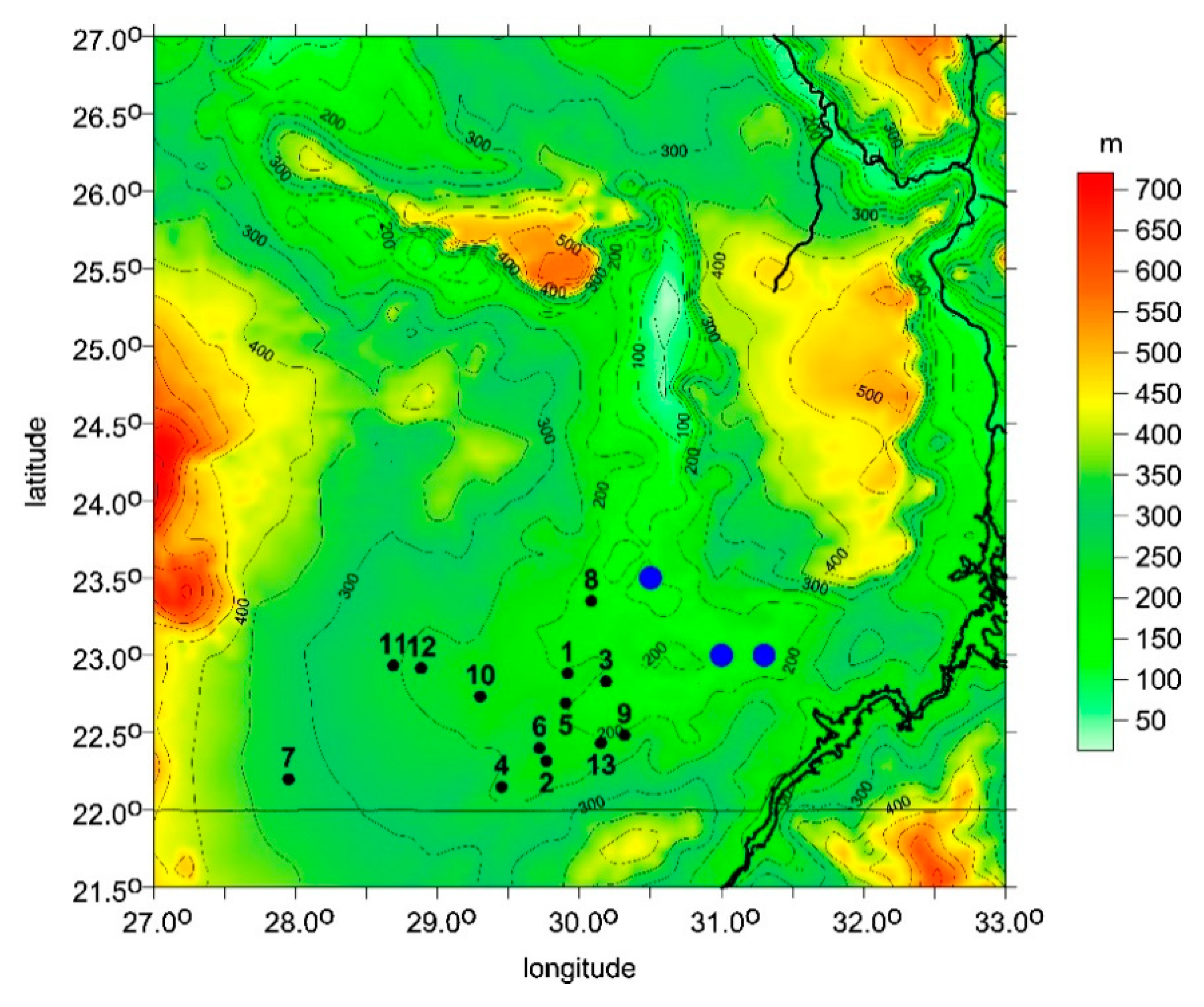


| No. | Site/Area * | Active ** (BP) | Latitude *** N | Longitude E | Height + asl (m) | References |
|---|---|---|---|---|---|---|
| 1 | El Adam Playa | 10,500–7300 a | 22°38′32″ | 30°04′46″ | 175 | [29] |
| 2 | Bargat El-Shab Playa | 10,500–7300 b 7300–5500 c | 22°24′14″ | 30°37′49″ | 215 | [37,38] |
| 3 | Kiseiba (Pleistocene) ° | 500,000–300,000 | 22°40′40″ | 29°59′10″ | 200 | [28] |
| 4 | Kiseiba (Holocene) | 10,500–7300 a | 22°44′49″ | 30° 2′28″ | ˂180 | [28,29] |
| 5 | El Baalad Playa | 10,500–7300 b | 22°44′54″ | 30°16′20″ | 175 | [29] |
| 6 | El Gebal El Beid Playa | 10,500–7300 a | 22°51′38″ | 30°43′25″ | 160 | [27,29] |
| 7 | El Gebal El Feel Playa | 10,500–7300 d | 22°28′35″ | 29°55′18″ | 200 | [29] |
| 8 | El Ghorab Playa | 10,500–7300 a 7300–5500 e | 22°48′38″ | 30°13′09″ | 140 | [28,29] |
| 9 | El Kortein Playa | 10,500–7300 a | 22°41′19″ | 30°46′15″ | 175 | [27,29] |
| 10 | Gebel Nabta Playa | 10,500–7300 b 7300–5500 e | 22°30′49″ | 30°39′27″ | 190 | [27,29] |
| 11 | Nabta Playa | 10,500–7300 f 7300–5500 c | 22°31′56″ | 30°44′58″ | 175 | [27,29] |
| 12 | Ramlah Playa | 10,500–7300 f 7300–5500 c | 22°41′32″ | 30°30′04″ | 140 | [39] |
| Size a × b × c (km) | Depth (km) | Δg (mGal) | Tzz [E] |
|---|---|---|---|
| 100 × 70 × 5 | 2 | −275 | −125 |
| 3 | −264 | −110 | |
| 50 × 30 × 5 | 2 | −252 | −188 |
| 3 | −235 | −162 | |
| 100 × 70 × 2 | 2 | −117 | −59 |
| 3 | −112 | −46 | |
| 50 × 30 × 2 | 2 | −111 | −90 |
| 3 | −103 | −69 | |
| 10 × 10 × 1 | 2 | −28 | −96 |
Publisher’s Note: MDPI stays neutral with regard to jurisdictional claims in published maps and institutional affiliations. |
© 2020 by the authors. Licensee MDPI, Basel, Switzerland. This article is an open access article distributed under the terms and conditions of the Creative Commons Attribution (CC BY) license (http://creativecommons.org/licenses/by/4.0/).
Share and Cite
Klokočník, J.; Kostelecký, J.; Varadzinová, L.; Bezděk, A.; Kletetschka, G. A Gravity Search for Oil and Gas and Groundwater in Egypt Using the Strike Angles Derived from EIGEN 6C4. Appl. Sci. 2020, 10, 8950. https://doi.org/10.3390/app10248950
Klokočník J, Kostelecký J, Varadzinová L, Bezděk A, Kletetschka G. A Gravity Search for Oil and Gas and Groundwater in Egypt Using the Strike Angles Derived from EIGEN 6C4. Applied Sciences. 2020; 10(24):8950. https://doi.org/10.3390/app10248950
Chicago/Turabian StyleKlokočník, Jaroslav, Jan Kostelecký, Lenka Varadzinová, Aleš Bezděk, and Gunther Kletetschka. 2020. "A Gravity Search for Oil and Gas and Groundwater in Egypt Using the Strike Angles Derived from EIGEN 6C4" Applied Sciences 10, no. 24: 8950. https://doi.org/10.3390/app10248950
APA StyleKlokočník, J., Kostelecký, J., Varadzinová, L., Bezděk, A., & Kletetschka, G. (2020). A Gravity Search for Oil and Gas and Groundwater in Egypt Using the Strike Angles Derived from EIGEN 6C4. Applied Sciences, 10(24), 8950. https://doi.org/10.3390/app10248950







